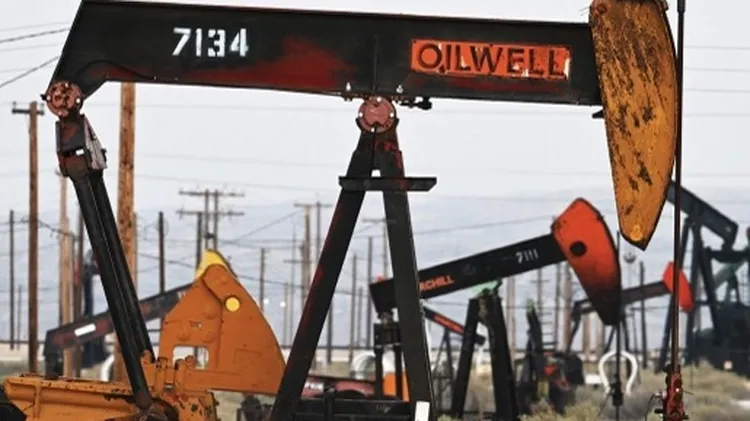Utilities used to offer predictable returns. Now y
The best ways to play the energy transition
10 min read
This article is from...
Read this article and 8000+ more magazines and newspapers on Readly






